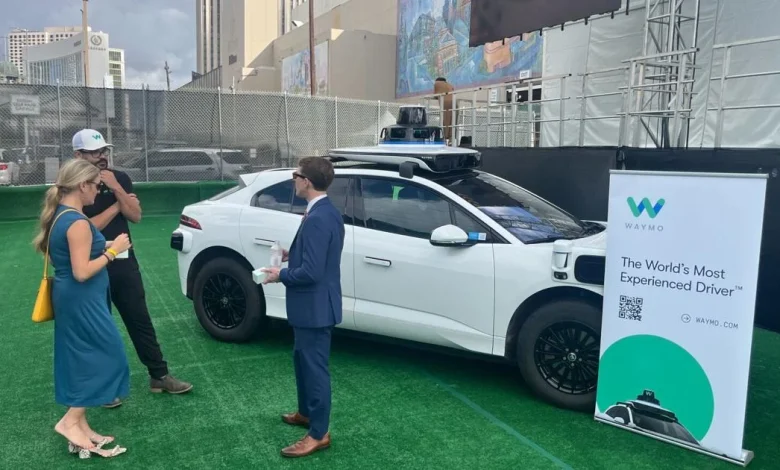Waymo is bringing its driver-less car service to New Orleans after a successful test run

Waymo is bringing its fully autonomous ride-hailing service to New Orleans.
The California based subsidiary of Alphabet, Google’s parent company, announced in a Nov. 20 blog post its plans to launch service in the city after a successful test run earlier this year. The post didn’t say when the service would begin but reports say Waymo will activate a fleet of about a dozen electric vehicles next month.
The vehicles will first be operated with human “specialists” in the driver’s seat before switching to self-driving mode.
“We’ve been working with them for a year,” said Josh Fleig, chief innovation officer at the state’s economic development agency, who said he originally cold called Waymo to roll out the welcome mat. “Everyone was so excited when they called recently to say they’re going to make it happen.”
Waymo tested its vehicles in the city in February and again in May with human drivers in the vehicles studying traffic patterns, pedestrian habits and other nuances of New Orleans streets.
The company plans to begin service in the city’s downtown neighborhoods before expanding to the entire city and suburbs. It will add more vehicles — a combination of Jaguar I-PACES and Geely Zeekr RTs — as demand grows.
Waymo currently serves customers in Austin, Atlanta, Los Angeles, Phoenix, and San Francisco and is planning expansions to Minneapolis, Tampa and New Orleans.
When the service is up and running in New Orleans, riders will be able to schedule a pickup by downloading the Waymo smartphone app.
When the company announced plans to test its service in New Orleans in February, there were plenty of jokes about self-driving cars meeting their match with New Orleans infamously bad streets and worse drivers, but the company said the experiments were successful. Waymo touts data that shows its vehicles are involved in fewer crashes with injuries than vehicles operated by humans.
A spokesperson said Waymo’s autonomous driving technology uses an array of sensors—including lidar, cameras, and accelerometers—to identify road hazards such as potholes and puddles.
In the same way applications like Apple Maps or Google Maps can warn human drivers about road hazards, the Waymo technology shares the location of detected potholes, providing its fleet with advanced notice. The data helps the autonomous vehicles avoid hazards when it is safe to do so, the spokesperson said.
Originating in 2009 in Mountain View, California as the Google Self-Driving Car Project, Waymo has come to dominate the “robotaxi” market, claiming more than 4 million paid autonomous rides last year while its competitors Tesla, Amazon and General Motors lag behind.
This is a developing story. Check back for updates.





